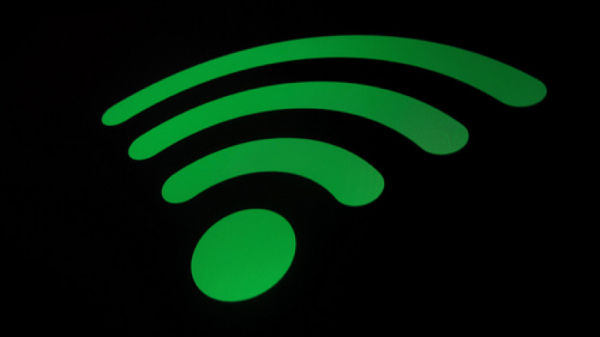Smartphones might have gotten smarter, but you still need mobile hotspots to support them when traveling. Tethering, or using your phone as a modem for other devices, has many disadvantages. You cannot forecast if data connectivity will be available and strong in the areas where you travel. Take the guesswork out of it by getting your very own mobile hotspot. Because your personal life typically overlaps your business life, you can benefit dually from purchasing one. Either way, reliability is key. Read on to discover more reasons why you should travel with a mobile hotspot.

High-Speed Data
Tethering from your smartphone can eat right through your data plan. Do you subscribe to an unlimited one or have a monthly allocation? Don’t cut your internet usage short by trying to save a few bucks. Carriers such as T-Mobile have mobile hotspots that can provide high-speed data anywhere. This is perfect for keeping you on track as you tackle personal and work projects. It also makes sure your connectivity speed is at its peak.
Better Battery Life
The hotspot mode on your smartphone is one of the top battery-drainers. As a result, you’re always looking for a charger or a second battery. But what if you are in a place that does not have an outlet? Or perhaps the electricity goes out during bad weather while you are in the middle of drafting a document. If you decide to tether your laptop, tablet, and other mobile devices to your cellphone, your phone battery will eventually die. Spare your battery by using a hotspot instead.
Wi-Fi Availability
A family outing to a cabin in the woods or a self-imposed writer’s retreat in the mountains are fabulous getaway ideas. However, most of those travel destinations probably have cellular service but no Wi-Fi (even if every page of marketing materials states they’re Wi-Fi accessible). When you have a real mobile broadband need, a handy hotspot will bail you out. It is also useful in another remote location: overseas.
A Steady Signal
Using your smartphone’s hotspot mode can lead to possible throttling and dropped signals. Some of that is due to the software. The other cause is the phone working overtime supporting other devices. Even if you have an unlimited data plan, you might still experience throttling while tethering. Additionally, some carriers make you choose between voice and data when in hotspot mode. If you answer a phone call during this time, your data gets disconnected or vice versa. With a mobile hotspot, you can work for longer stretches with no interruptions.
More Support and Security
Mobile hotspots can support 10 or more devices simultaneously. That’s twice as many as most smartphones can tether. Better support is also available for port forwarding, virtual private networks, and parental controls. This is particularly critical if you are establishing a mobile office for a work group. With that kind of activity in place, you need more security. A mobile hotspot can provide that.
Emergency Use
In a time when natural disasters are abundant, your own hotspot could be a matter of life or death. Some critics might say it’s one more gadget to worry about charging. However, it can be a lifesaver in a pinch. You can keep one in your home or office for emergency use. Hurricanes and tropical storms bring flooding and power outages. Wouldn’t you like to have that portable gadget available then? It provides a reliable backup internet connection for you and your loved ones or co-workers.
Mobile hotspots are great additions to your day-to-day activities. They help elevate productivity, management, and operations. This is a major plus when your job or personal responsibilities keep you on the go. They also provide increased LTE reception, which erases the need for a signal booster. Hotspots are small and lightweight and typically come with a SIM card, battery, charger, and USB cable. If you need additional memory, you can simply buy a microSD card. You have several pricing options to choose from when considering a mobile hotspot.
Image via Flickr by Christiaan Colen